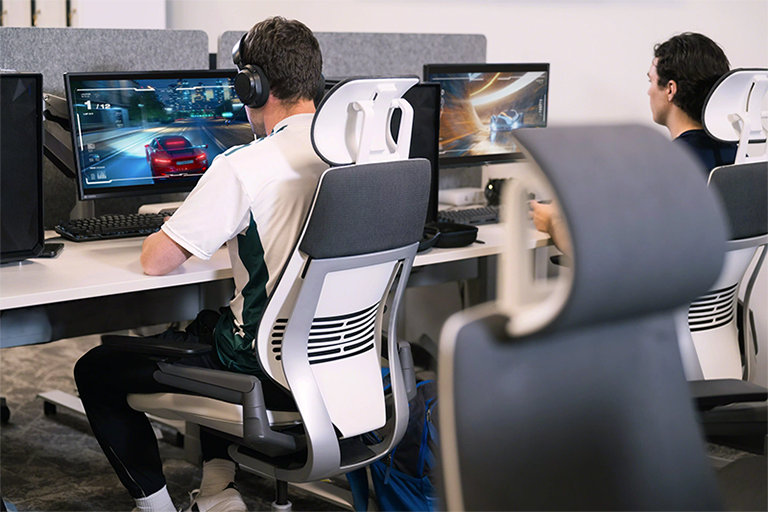Mike Wolfe Passion Project: Breathing New Life Into Forgotten Spaces
When most people hear the name Mike Wolfe, their minds immediately go to American Pickers, the popular TV show where he scours barns, attics, and dusty backroads to uncover hidden treasures. But what many don’t realize is that Wolfe’s love for forgotten things goes far beyond antiques and collectibles. At the heart of his mission lies the Mike Wolfe Passion Project, a labor of love that combines history, community, and creativity into one powerful vision: saving old places and giving them a brand-new purpose.
This project isn’t just about restoring a building or fixing up a property. It’s about honoring stories, protecting cultural heritage, and creating vibrant spaces where people can connect. And in today’s fast-paced world where the new often replaces the old, Wolfe’s passion feels more important than ever.
The Heart of the Mike Wolfe Passion Project
At its core, the Mike Wolfe Passion Project is about seeing the soul of old places and refusing to let them fade away. Wolfe has always had an eye for things that others overlook—whether it’s a rusty gas station sign, a classic motorcycle, or a weathered farmhouse. He believes that history isn’t something that belongs in textbooks; it’s something we can touch, walk through, and experience.
What makes this project unique is Wolfe’s approach. He doesn’t simply restore places to look “new.” Instead, he carefully preserves their character while adapting them for modern use. That means peeling paint, original wood floors, and historic architecture aren’t erased; they’re celebrated. The goal is to give these spaces a second life without erasing the story they already carry.
More Than Just Buildings
While the most visible part of the Mike Wolfe Passion Project revolves around saving structures—like homes, barns, and old commercial spaces—it’s also about something bigger. Wolfe is deeply invested in the idea of community. Old places don’t just hold bricks and wood; they hold memories, laughter, and traditions. By saving them, he’s also saving the heartbeat of neighborhoods and towns that might otherwise lose their identity.
Imagine walking through a small town where the historic main street is alive with shops, cafes, and art galleries. Those buildings, if abandoned, might have been torn down for a parking lot or left to rot. Instead, they’re breathing again, providing jobs, attracting visitors, and strengthening community pride. That’s the vision Wolfe pursues through this project.
From American Picker to Preservationist
Mike Wolfe’s journey from television personality to preservationist wasn’t a sharp left turn—it was a natural progression. On American Pickers, audiences watched him rescue forgotten treasures and learn the stories behind them. Each object carried a piece of history that connected past generations to the present.
The Passion Project takes that same philosophy and applies it on a grander scale. Instead of just saving objects, Wolfe is saving the spaces where those objects once lived. The barns that stored motorcycles, the storefronts that displayed vintage signs, the homes that housed generations of families—these are the “picks” he’s now focused on.
Why Old Places Matter
One of the driving beliefs behind the Mike Wolfe Passion Project is that old places matter more than we often realize. Modern development tends to value efficiency and uniformity, but history doesn’t grow from shiny new boxes—it grows from roots, character, and connection.
When old places disappear, we lose more than architecture. We lose the stories of the people who came before us, the craftsmanship that can’t be replicated, and the sense of place that makes one town different from another. Wolfe recognizes that communities need these spaces to remain grounded. They remind us of where we’ve been, and they inspire us to imagine where we’re going.
Breathing New Purpose Into Forgotten Spaces
The beauty of the Passion Project lies in its ability to mix preservation with reinvention. Wolfe doesn’t want buildings to sit like museum pieces. Instead, he wants them to be functional, vibrant, and useful in today’s world.
For example, an old garage might become a coffee shop. A farmhouse could transform into a bed and breakfast. A downtown storefront might turn into a community center. By doing this, Wolfe is ensuring that these places aren’t just monuments to the past—they’re active, living parts of the present and future.
This idea of adaptive reuse is gaining popularity worldwide, but Wolfe’s approach carries his personal stamp. He doesn’t simply “flip” buildings. He pours in authenticity, respect, and attention to detail, making sure that the history remains alive while the space serves modern needs.
Inspiring Others to Join the Movement
One of the most powerful aspects of the Mike Wolfe Passion Project is how it inspires others to see value where they might not have before. Not everyone can restore an entire building, but everyone can play a role in saving history—whether it’s supporting local businesses in historic districts, advocating for preservation policies, or simply appreciating the charm of old places.
Through his project, Wolfe is showing people that preservation isn’t a hobby for a select few; it’s a responsibility we all share. By investing in our past, we’re actually investing in our future. Communities with thriving historic districts often see stronger economies, more tourism, and deeper connections among residents.
Challenges Along the Way
Of course, saving old places isn’t easy. It comes with challenges—financial, logistical, and even emotional. Restoring historic structures can be expensive, and convincing others of their value can be an uphill battle. Developers often see more profit in tearing down and building new than in preserving what already exists.
But Wolfe’s passion is fueled by these very challenges. He sees each project as a chance to prove what’s possible. When a forgotten space transforms into a thriving hub, it stands as living proof that preservation isn’t just sentimental—it’s practical and rewarding.
A Personal Mission
For Mike Wolfe, the Passion Project isn’t just business. It’s deeply personal. His life has been shaped by a love for storytelling, history, and the thrill of discovery. He knows what it feels like to stumble upon something overlooked and realize its worth. Now, he’s channeling that same energy into buildings, neighborhoods, and communities.
This personal connection gives the project authenticity. It’s not about fame or profit—it’s about leaving behind something meaningful. Wolfe’s work is a reminder that every one of us can make a difference, even if it’s just by caring about the places around us.
The Legacy of the Mike Wolfe Passion Project
Looking ahead, the impact of the Mike Wolfe Passion Project goes far beyond individual buildings. It’s planting seeds of awareness that can grow for generations. When children see their town’s historic school saved and repurposed instead of demolished, they learn to value history. When communities come together to restore a landmark, they strengthen their bonds.
This legacy is about more than bricks and mortar. It’s about teaching people to recognize beauty in imperfection, value in age, and potential in what seems forgotten.
Final Thoughts
The Mike Wolfe Passion Project is more than a side endeavor—it’s a calling. It reflects a philosophy that the old isn’t disposable, that history isn’t irrelevant, and that communities thrive when they honor their roots. Wolfe’s vision shows us that preservation isn’t about looking backward—it’s about moving forward with respect, creativity, and heart.
In a world where so much feels temporary and replaceable, Wolfe reminds us that some things are worth holding onto. By giving forgotten places a new purpose, he’s not just saving buildings—he’s saving stories, memories, and identities. And in doing so, he’s proving that passion, when paired with vision, can truly change the way we see the world around us.






